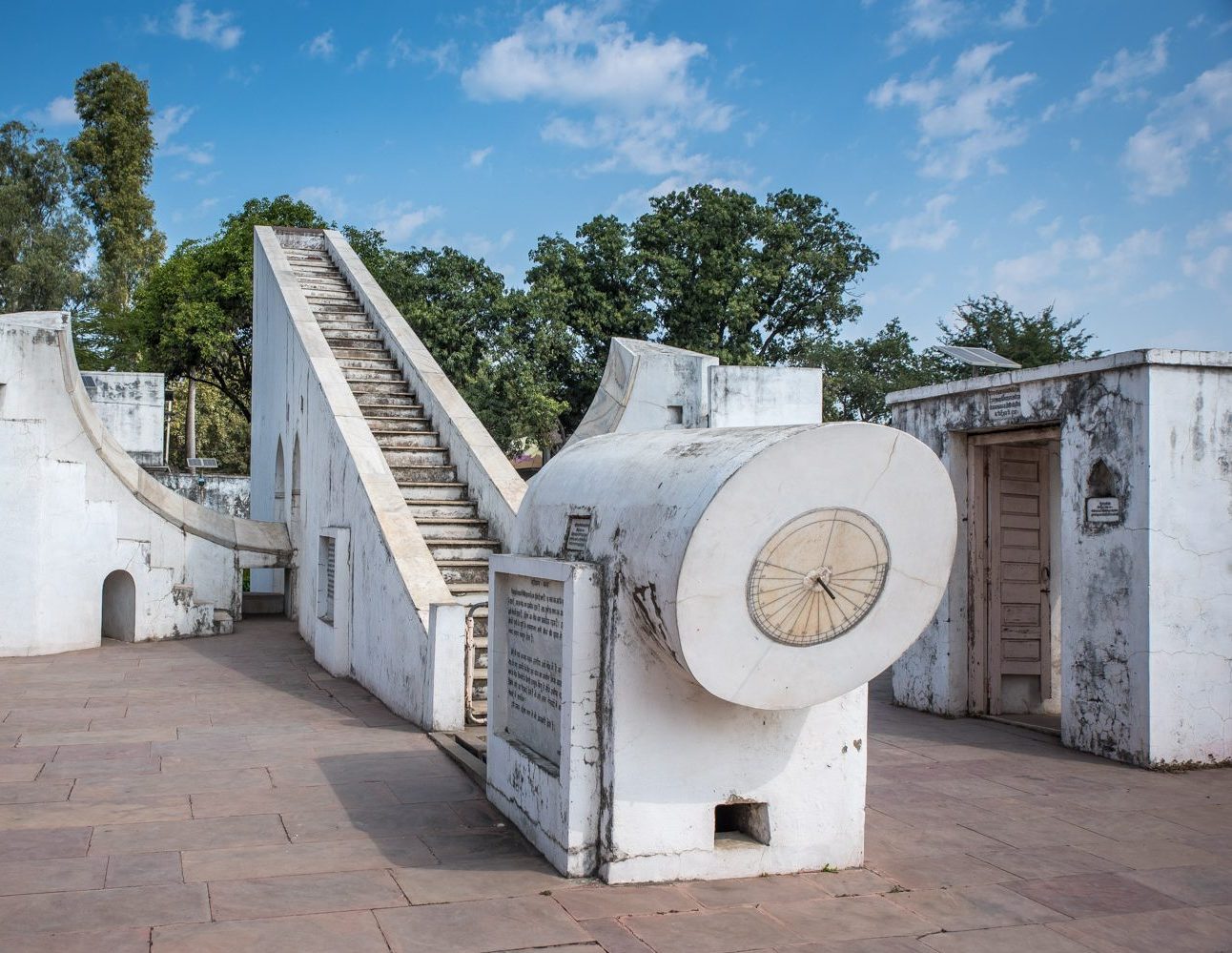Summary
Introduction to Ujjain Observatory
Ujjain Observatory, known as the Vedh Shala, is an ancient astronomical center in India. Established by Maharaja Jai Singh II in the early 18th century, it stands as a testament to India’s rich scientific heritage. The observatory is one of the five such institutions built by the Maharaja, aimed at revising astronomical tables and improving the calendar. Today, it serves as a significant historical site, attracting scholars and tourists alike. It holds a collection of architectural astronomical instruments that have piqued the interest of modern astronomers and historians.
Get your dose of History via Email
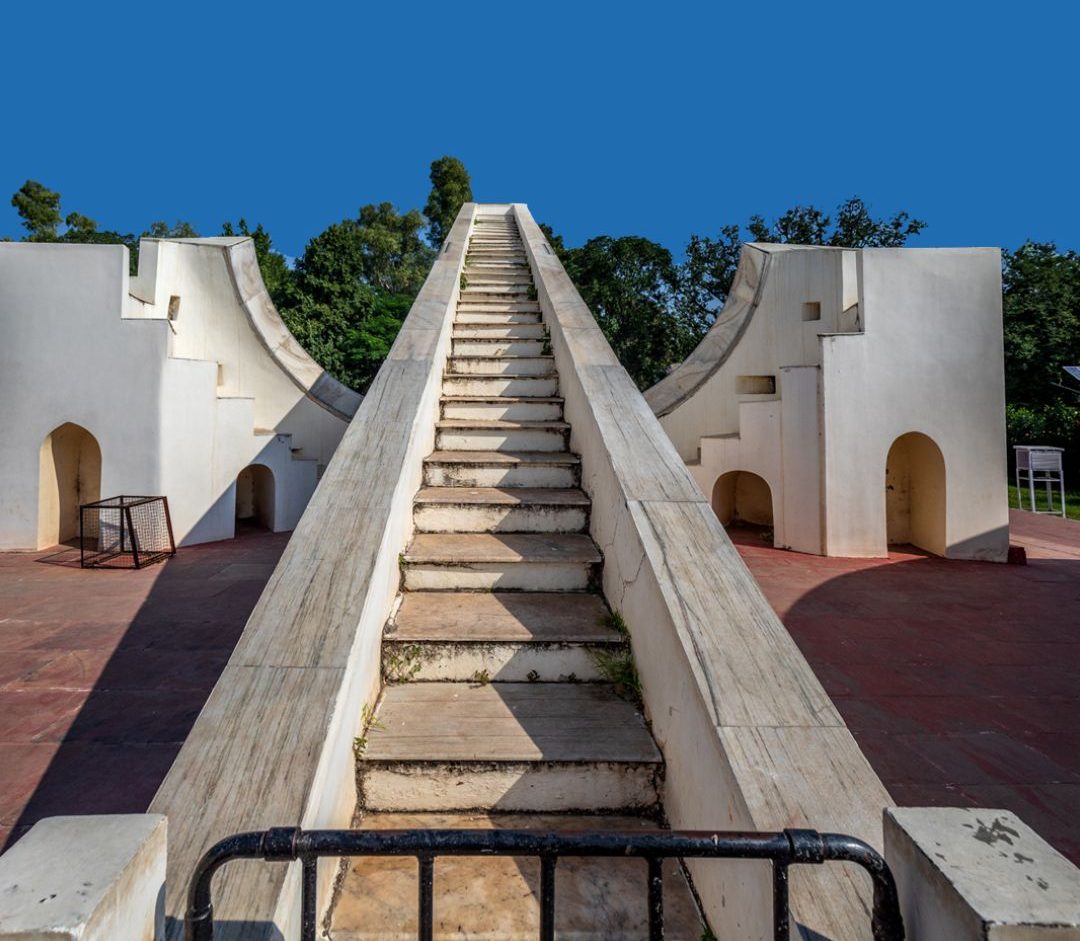
Astronomical Significance
The Ujjain Observatory plays a crucial role in the study of celestial bodies and events. With its strategically designed instruments, it provided accurate astronomical data essential for calendar calculations. This site was pivotal for scholars to observe planetary movements and record eclipses. These instruments, including the Samrat Yantra and Nadivalaya Yantra, remain as marvels of engineering. They offer insights into the advanced understanding of astronomy in ancient India. Visitors can witness firsthand how these tools captured the cosmos without the need for modern technology.
Ujjain Observatory’s Cultural Impact
The observatory is not just a center for scientific study; it’s also deeply interwoven with Indian culture and spirituality. Ujjain is one of the four sites of the renowned Kumbh Mela festival, making the observatory significant in determining auspicious dates for this and other Hindu events. The site underscores the blend of science and spirituality that characterizes Indian tradition. As such, it provides a unique cultural experience for its visitors, bridging the gap between the past and the present through its continuing relevance in both domains.

Historical Background of Ujjain Observatory
Foundation and Astronomical Importance
The Ujjain Observatory, known locally as Jantar Mantar, is a historical marvel crafted under the patronage of Maharaja Jai Singh II. Established in the 1720s, it represents India’s scientific prowess during the early modern period. Ujjain, chosen for its geographical significance, became a primary center for astronomical observations. The observatory’s instruments allowed for precise measurement of time, prediction of eclipses, and tracking of celestial bodies.
Design Philosophy and Instruments
Distinct designs set Ujjain Observatory apart. The instruments, carved from stone and marble, showcase an intersection of art, science, and architecture. Among these, the Samrat Yantra, a giant sundial, stands out for its accuracy in gauging local time. The observatory also houses unique instruments like the Bhitti Yantra and Disha Yantra, each serving to map the heavens with astonishing precision.
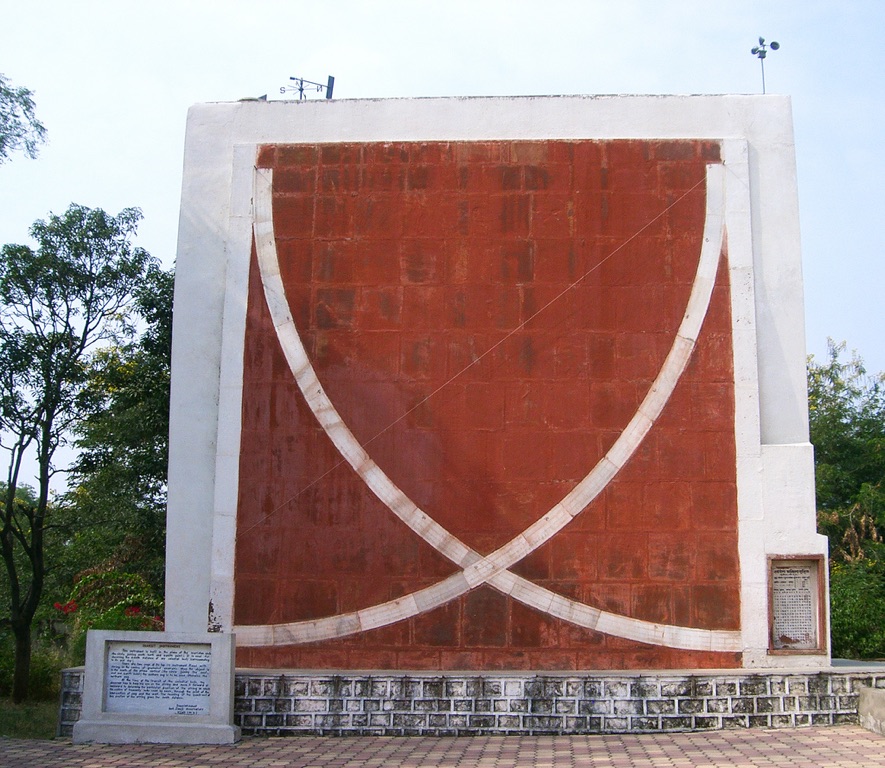
Role in Cultural and Religious Practices
Astronomy and astrology hold deep cultural significance in India, influencing numerous religious practices and festivals. Ujjain Observatory’s data underpins the Hindu calendar and panchang, aiding in the timing of festivals like Diwali and Holi. Its findings also contribute to determining auspicious moments for various rituals, making it a cornerstone in the cultural and religious life of India.
Maharaja Jai Singh II’s ambition to blend astronomical science with practical applications largely defines the site’s legacy. Scholars from across the world visited the observatory, contributing to and learning from its vast knowledge. Even today, Ujjain remains a hub for astrologers and researchers exploring its historical databases.
Today, the Ujjain Observatory stands as both a tourist attraction and an active site for astronomical research. Efforts by the Indian government and global heritage organizations aim to preserve this remarkable site. Its preservation ensures that future generations can experience a pivotal piece of India’s astronomical history.
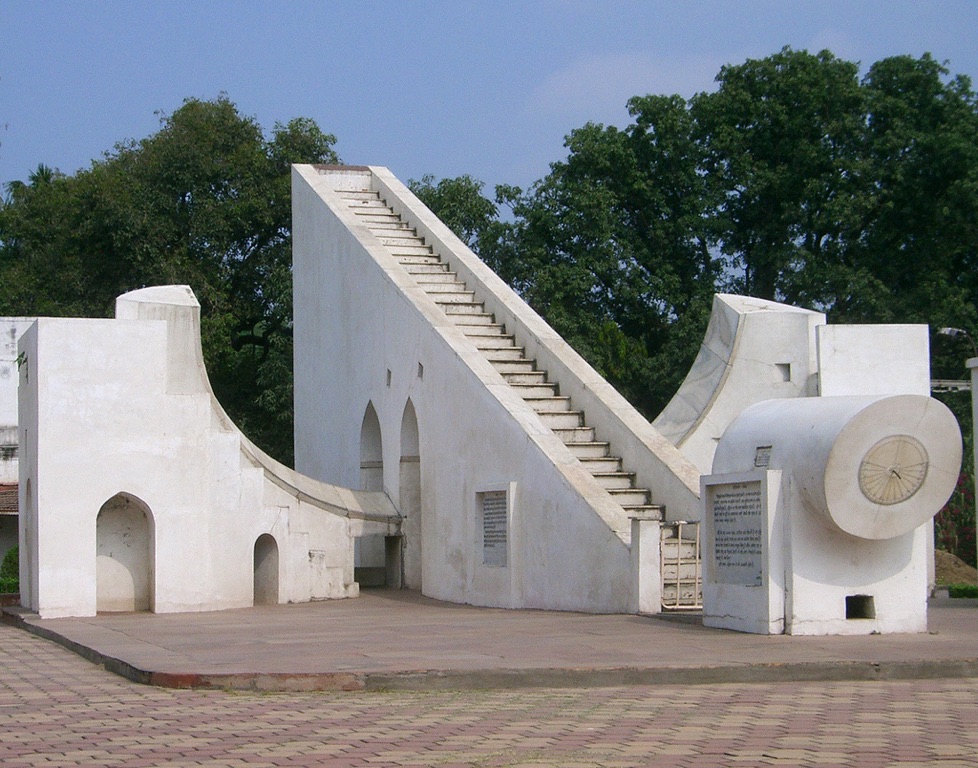
The Discovery of Ujjain Observatory
Revealing the Past
The momentous discovery of the Ujjain Observatory peeled back layers of history, showcasing India’s astronomical genius. Although built in the 1720s, it was later revealed to modern scholars with much of its grandeur intact. This rediscovery brought to light the visionary work of Maharaja Jai Singh II and his dedication to celestial science.
Jai Singh II’s Vision Realized
Maharaja Jai Singh II, a king with a keen interest in mathematics and astronomy, established the observatory. He sought to refine astronomical observations and the existing calendar of his time. His innovative spirit led to the construction of the Ujjain Observatory, which later generations uncovered.
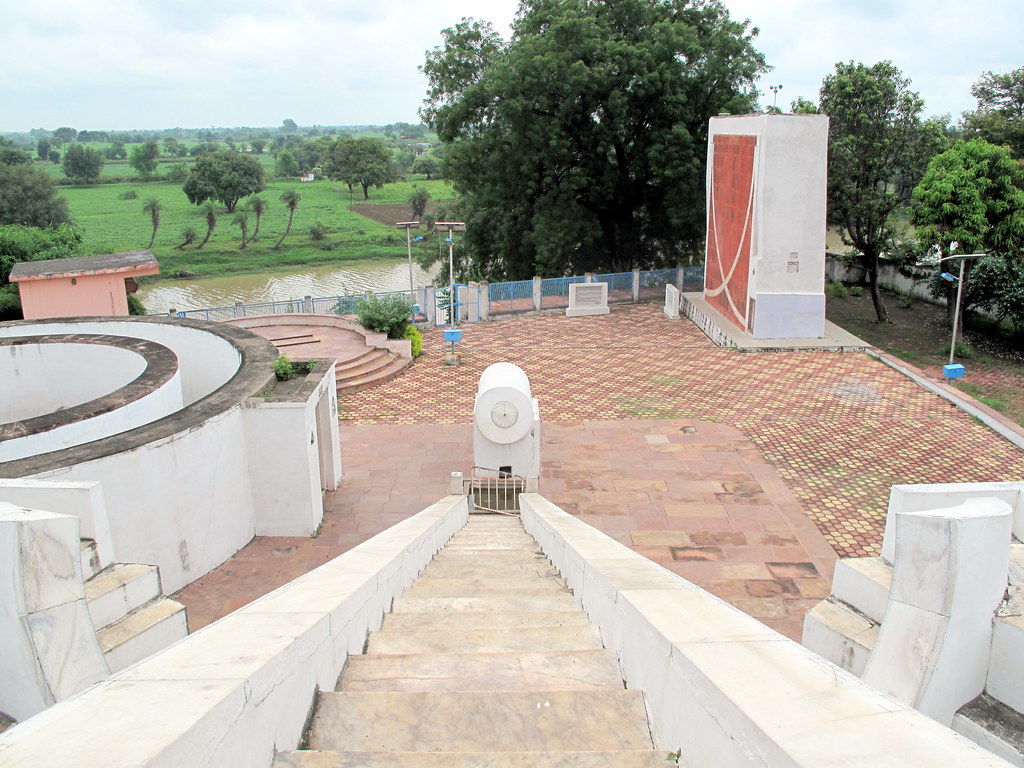
The Observatory’s Modern Rediscovery
The fading echoes of the Ujjain Observatory’s marvels caught the attention of British colonial scholars during the 19th century. Their efforts to understand the observatory’s instruments and use have since shed light on its importance. The collaboration with Indian scholars commenced, unveiling the observatory’s past glories.
Uncovered inscriptions on the observatory’s instruments provided clues to decipher its rich history. These findings stirred the scientific community, prompting further exploration into India’s astronomical achievements. Thus, the observatory’s tales from eras gone by resurfaced, fascinating all.
Today, the rediscovered Ujjain Observatory stands as a proud reminder of India’s astronomical heritage. It continues to captivate researchers and history enthusiasts alike. Its complex past and rediscovery remind the world of the rich tapestry of humanity’s quest to understand the cosmos.
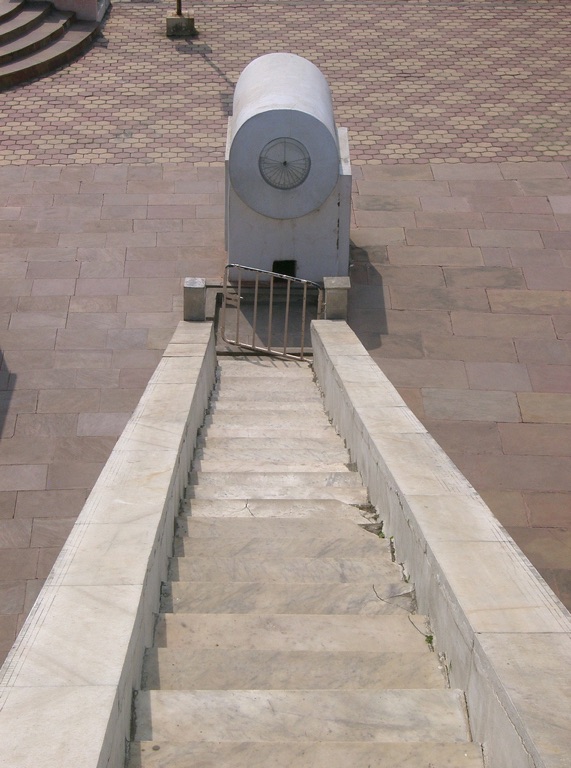
Cultural Significance, Dating methods, Theories and Interpretations
Astronomical Heritage and Cultural Impact
The Ujjain Observatory is deeply rooted in India’s cultural landscape, intertwining with the spiritual life of its people. The accuracy of its astronomical readings has historically been vital for determining the dates of festivals and rituals. These activities have been central to the fabric of Hindu society, emphasizing the observatory’s enduring cultural importance.
Chronology Through Architectural Analysis
Researchers have deployed various dating methods to unravel the history of the Ujjain Observatory. Architectural style and construction techniques suggest an early 18th-century origin. Furthermore, inscriptions and historical records corroborate its establishment during the reign of Maharaja Jai Singh II.
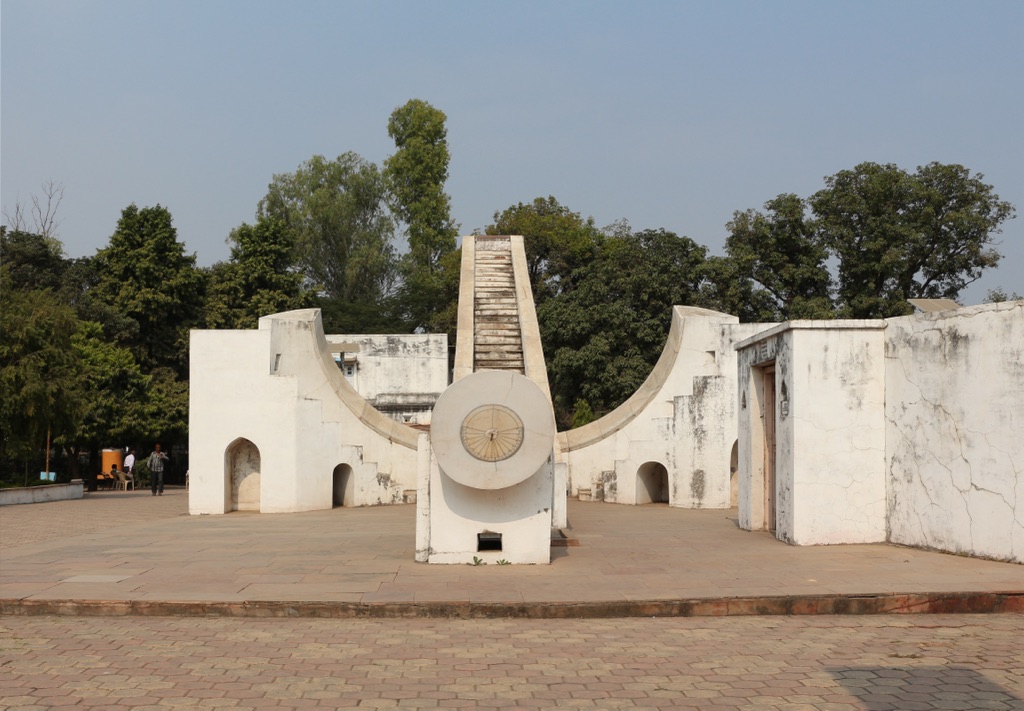
Scientific Theories Embodied in Stone
The observatory’s design reflects the scientific theories of its time. The alignment and shape of the Yantras, or instruments, offer clues about the astronomical knowledge and methodologies employed. The observatory is thus a physical manifestation of scientific theories that were ahead of their time.
Diverse interpretations of the Ujjain Observatory have contributed to our understanding of its purpose. Some scholars suggest it was more than a scientific laboratory, proposing it also served as an educational institution. Others interpret it as a symbol of power and knowledge, showcasing the ruler’s intellectual prowess.
The interplay of fact and theory continues to intrigue researchers studying the Ujjain Observatory. The site’s precise purpose and the full extent of its influence remain topics of scholarly debate. This gap between known and unknown adds a layer of mystery to the observatory, captivating minds even today.
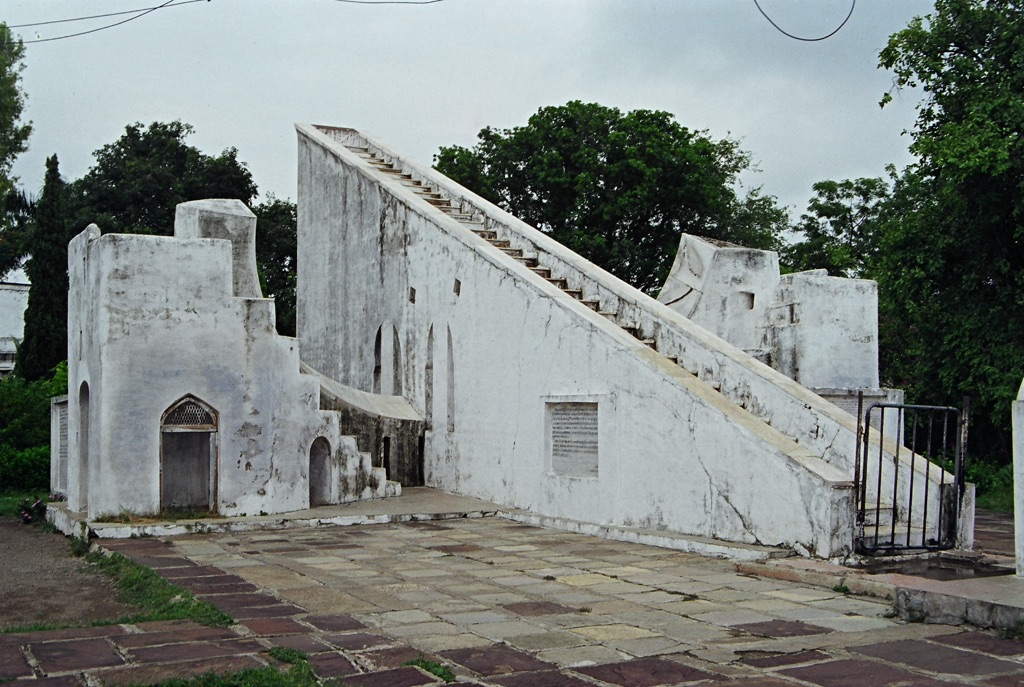
Conclusion and Sources
The Ujjain Observatory, with its rich heritage and deep cultural roots, continues to be a subject of fascination and a symbol of India’s historical contributions to science and astronomy. It not only underscores the advanced astronomical knowledge of the past but also highlights the continuous interplay between science, culture, and religion in Indian history. The site invites ongoing research, and while much has been uncovered about its origins and use, the full extent of its significance remains a captivating enigma. As a monument of historical importance, it preserves the past and inspires future generations to delve into the celestial secrets of our ancestors.
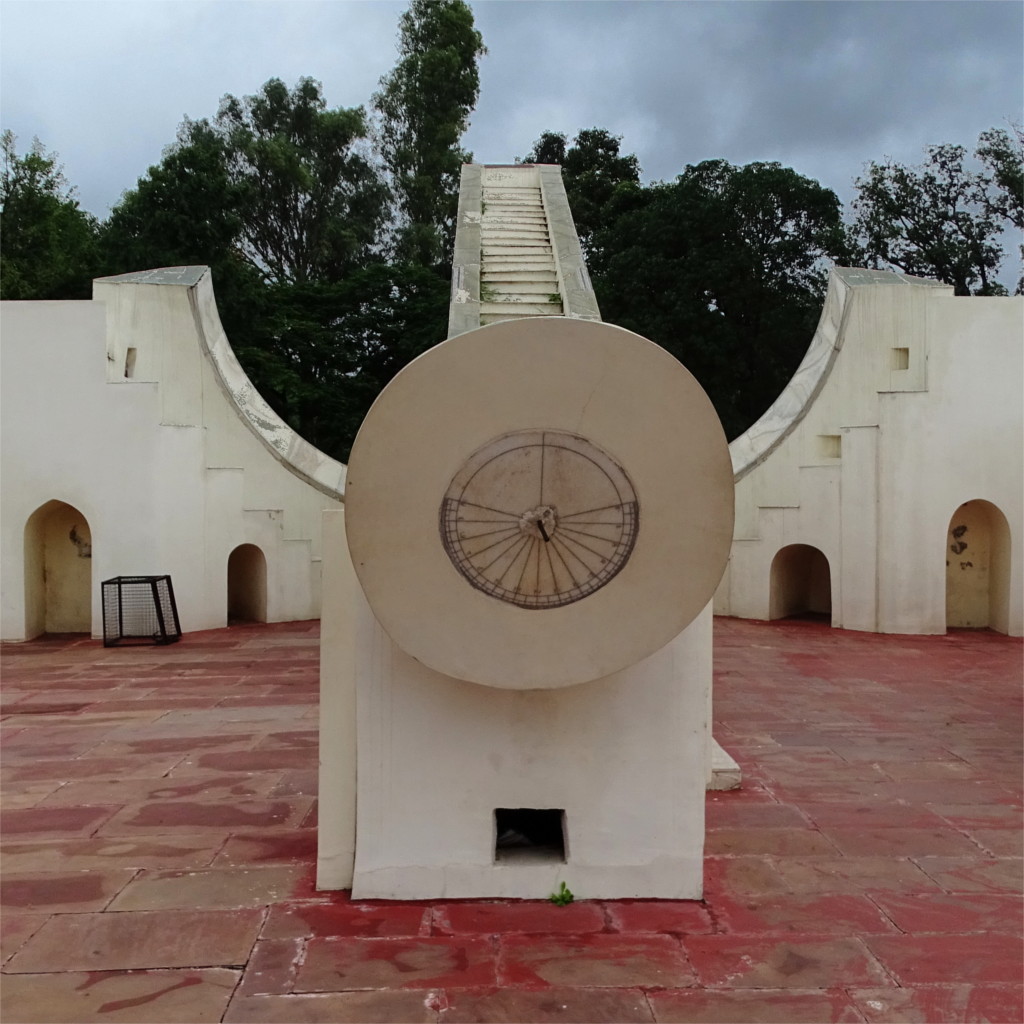
For further reading and to validate the information presented in this article, the following sources are recommended:
Or you can check any of these reputable archaeological and historical texts:
Sharma, S. (2015). ‘Jantar Mantar: The observatories of Jai Singh II,’ Resonance, vol. 20, no. 7, pp. 607-616.
Kumar, N. (2018). ‘The Ujjain Observatory: A nexus of science and religion,’ Indian Journal of History of Science, vol. 53, no. 2, pp. 174-183.
Singh, R. (2014). ‘Astronomical significance of the observatories of Jai Singh,’ Current Science, vol. 107, no. 7, pp. 1156-1164.
Rajesh, P. (2016). ‘Architectural marvels of ancient Indian observatories,’ Architectural Heritage, vol. 11, pp. 29-38.
Tripathi, V. (2017). ‘The educational role of the observatories of Maharaja Jai Singh,’ Indian Journal of Science Education, vol. 2, no. 3, pp. 45-51.

